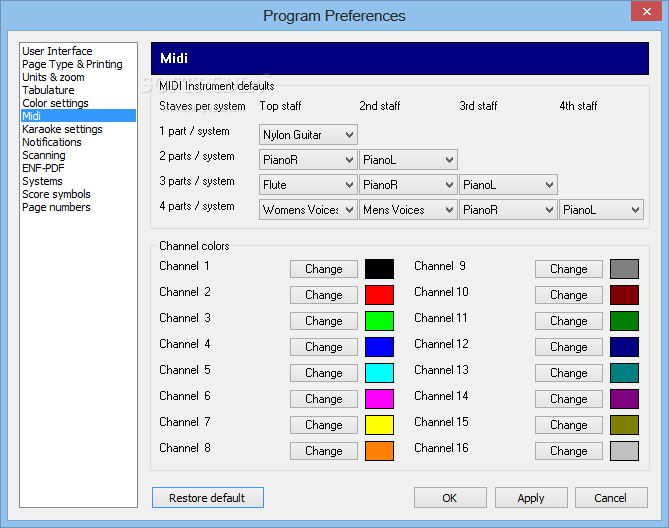
It is often purposefully used to subvert the listener's expectation and will signify an intimate expression. p or sp) ("suddenly soft") indicates that the dynamics quickly, almost abruptly, lower the volume to approximately the p range. Sudden changes in dynamics may be notated by adding the word subito (meaning "suddenly") as a prefix or suffix to the new dynamic notation.

are used, where "poco" translates as a little, or alternatively with poco a poco meaning "little by little". Similarly, for more gradual changes poco cresc. molto are often used, where the molto means "much". The word morendo ("dying") is also sometimes used for a gradual reduction in dynamics (and tempo).įor greater changes in dynamics, cresc. Word directions can be extended with dashes to indicate over what time the event should occur, which may be as long as multiple pages. are generally used for changes over a longer period. They tend to be used for dynamic changes over a relatively short space of time (at most a few bars), while cresc., decresc. Hairpins are usually written below the staff (or between the two staves in a grand staff), but are sometimes found above, especially in music for singers or in music with multiple melody lines being played by a single performer. Some instruments are naturally louder than others – for instance, a tuba playing piano will likely be louder than a guitar playing fortissimo, while a high-pitched instrument like the piccolo playing in its upper register can usually sound loud even when its actual decibel level is lower than that of other instruments. Similarly, in multi-part music, some voices will naturally be played louder than others, for instance, to emphasize the melody and the bass line, even if a whole passage is marked at one dynamic level. For instance, the middle of a musical phrase will normally be played louder than the beginning or end, to ensure the phrase is properly shaped, even where a passage is marked p throughout. There are many factors affecting the interpretation of a dynamic marking. p never indicates a precise level of loudness it merely indicates that music in a passage so marked should be considerably quieter than f.

Used effectively, dynamics help musicians sustain variety and interest in a musical performance, and communicate a particular emotional state or feeling.ĭynamic markings are always relative. ( October 2019) ( Learn how and when to remove this template message)ĭynamics are one of the expressive elements of music. Unsourced material may be challenged and removed.

Please help improve this article by adding citations to reliable sources. This section needs additional citations for verification.


 0 kommentar(er)
0 kommentar(er)
